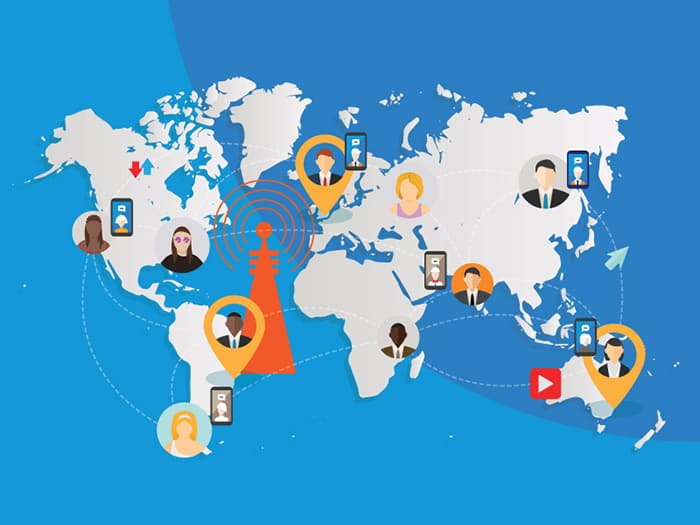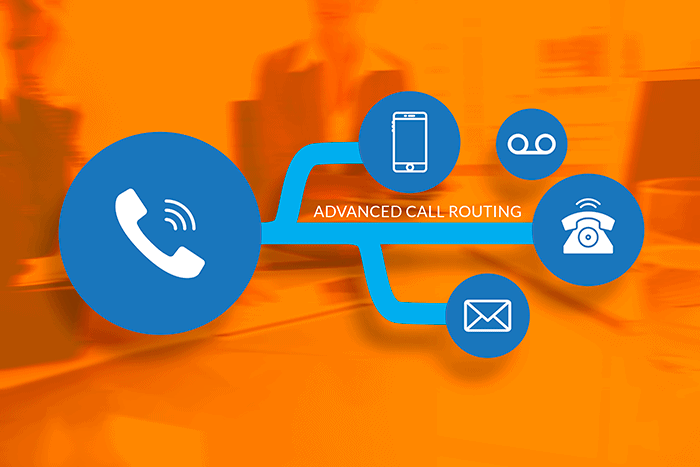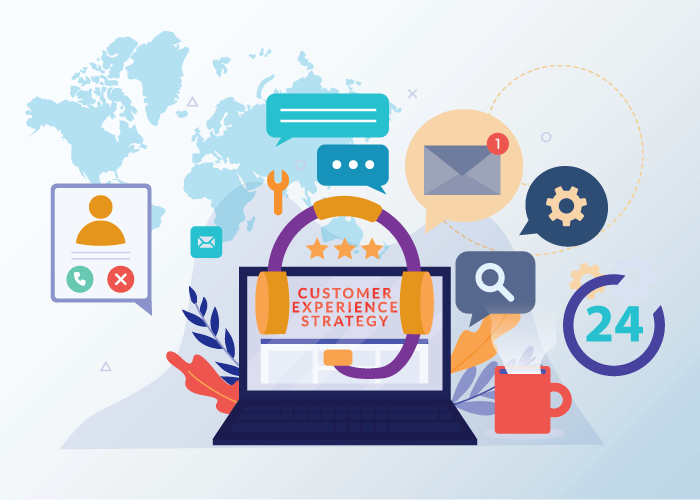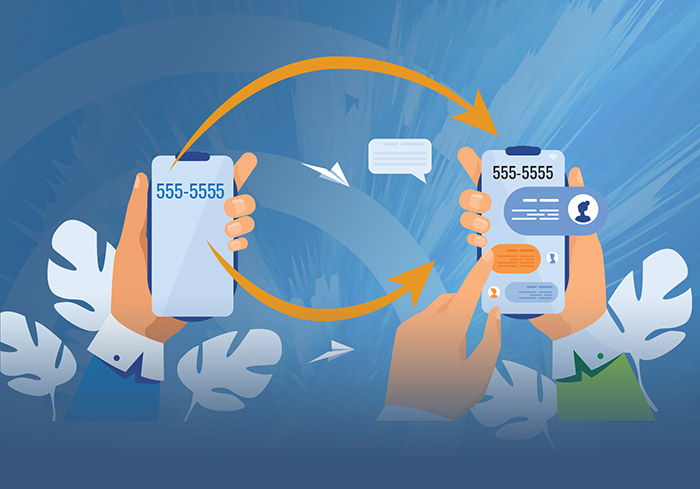What does a global telephony provider offer and does your business need one? Here is a quick guide to global telephony and how you can use a global telephony provider to enter new markets, grow your global customer base, and increase international sales.
Everything You Need to Know About Global Telephony
A global telephony provider offers various cloud communications services that help businesses connect with global customers worldwide. From generating points of contact with phone numbers to offering cost-effective and high-quality voice service, your business can enter the global stage and increase international sales without increasing overhead costs.
For example, you can test new markets and gradually expand to them virtually, without opening physical offices in these locations. Use global telephony solutions to take your business global and make it easy for international customers to connect with you — whether for sales or customer support.
After all, easy and centralized business communication can lead to more sales and satisfied customers.
Global Telephony and VoIP
Global telephony providers use voice over IP or VoIP technology to enable communication over the internet. By doing so, users can make and receive calls from an internet connection. This offers flexibility in terms of where the user uses the service and what devices they wish to use.
VoIP is known for ensuring high voice quality with low interruptions and downtime. This makes a VoIP phone service provider a valuable asset to any business wanting a robust communication system.
Features of a Global Telephony Provider
So, what does a global telephony provider offer you that a regular phone service provider doesn’t? A bunch of easy-to-use and advanced features and services like:
- Cloud phone numbers — Use local and international business numbers from countries around the world.
- International call forwarding — Forward calls from one location to another to maintain connectivity beyond geographical boundaries.
- Advanced call routing — Route calls to specific locations, lines, employees, call centers, or voicemail inbox based on pre-set rules.
- Time-based routing — Route calls based on the time the call comes in.
- Geographic routing — Route calls based on the location of the caller.
- Outbound calling — Make outbound calls from any device using custom caller IDs.
- Flexible voice options — Connect with customers in remote locations.
- Softphones and web dialers — Make and receive calls from any location or device using a web-based app or browser extension.
- Integrations and API — Integrate with other apps and services your business uses.
These features and services support a global communication system. Your business can expand its services and offer global support without bearing the brunt and high costs of international trade.
Want to know what services Global Call Forwarding offers? Check out our services or chat with a representative now!
Benefits of Using a Global Telephony Provider
So, why should your business use a telephony provider, and what can your business achieve by using a global communication system? By using a global telephony provider, your business can:
- Make and receive high-quality local and international calls.
- Make it easy (and sometimes free) for global customers to call and connect with your business.
- Access a suite of advanced business communication features.
- Offer 24/7 sales and support.
- Access new markets and target audiences.
- Manage remote and global teams efficiently.
- Establish and maintain a global network and presence.
- Increase overall profit and ROI.
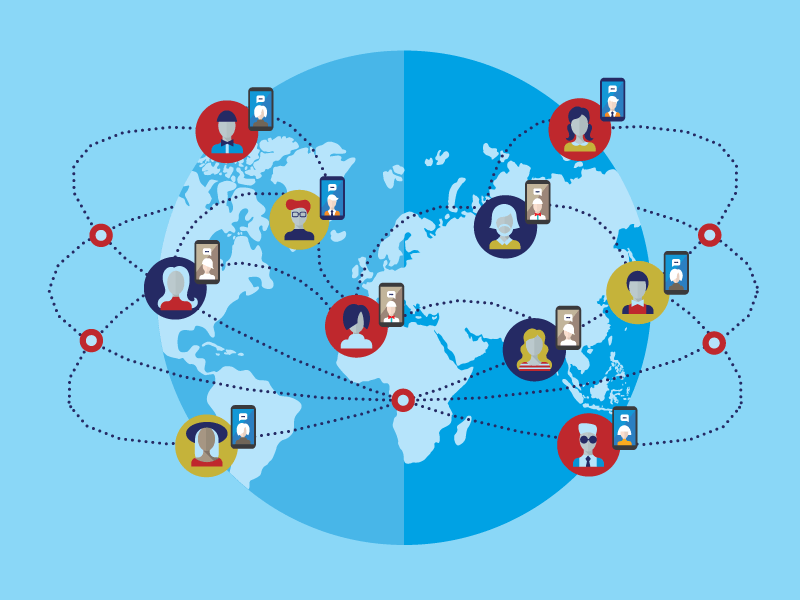
How to Choose a Global Telephony Provider?
When you’re ready to upgrade your legacy phone system, here’s what you should keep in mind when choosing a VoIP service or global telephony provider:
1. Research Different Providers
Start by familiarizing yourself with different providers and the features and benefits they offer. Some important questions to consider when analyzing whether a provider is suitable for your needs:
- Do they offer services for your target countries and regions?
- How are these services priced?
- Are they a CPaaS cloud-based service provider?
- Is their communication system built on a private infrastructure?
- What security do they offer?
- Is there a discount for bundling up or purchasing wholesale numbers?
- Do they offer an API to integrate within your existing system?
- Is the provider a licensed carrier?
- Is their network highly available with multiple connections? Have they partnered with local and regional providers?
Another important factor to pay attention to is their communication infrastructure. You want a provider that has a facilities-based infrastructure that supports cloud communication and global coverage. A regular PSTN provider won’t be able to do this. On the other hand, global telephony providers with facilities-based infrastructure can support real-time cloud communications at scale with high quality and global coverage.
2. Review Costs and Plans
Compare the different plans and prices each of the providers offer:
- Do they offer a free trial or freemium?
- Is the trial long enough for you to determine the quality of service?
It is also a good idea to check for hidden fees and long-term commitments:
- Do you have to pay any set-up or installation fees?
- What is their cancellation or refund policy?
Remember: You do not want to be caught in a long-term contract with a low-quality provider.
3. Review Customer Testimonials
Next, you want to read through customer stories and reviews to see how the provider’s service has been used. Reviews are a great place to gauge the quality of service but also to understand the personality of the brand itself. Here are some things to consider when looking at customer reviews and testimonials:
- Do they serve customers in your field or industry?
- What problems has their service solved?
- What have customers been able to achieve with this provider’s service?
- How do they resolve issues or negative customer reviews?
You should also ask about the state of their customer service teams:
- Do they offer 24/7 support?
- Do they have dedicated account managers who are easy to contact?
- What customer support channels do they offer: phone, email, chat, online support center?
Take Your Telephony Global with Global Call Forwarding
Choosing a provider that meets your needs and budget can be tricky—especially if you do not know what to look for. However, with the right information and approach, you can find one that will help you achieve your global expansion goals.
So, why choose Global Call Forwarding as your global telephony provider?
Global Call Forwarding is a leading provider of local and international toll free numbers that come with an array of advanced call management features. We have been in business for over 25 years, offering high-quality solutions to our customers. When you sign up with us, you get a dedicated account manager to manage your business communication system along with 24/7 responsive customer and technical support.
With Global Call Forwarding, you can upgrade your legacy phone system and scale your business as and when you need. Want to learn more about our business phone solutions? Chat with our experts or call us today at 1-888-908-6171.

